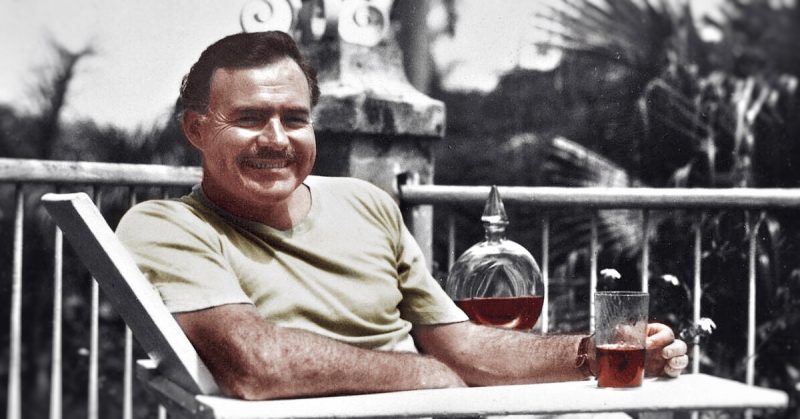What is a writer, a poet, a novelist, without the love for a glass or two? The link between the two seems everlasting.
Among other vices, alcohol has sometimes helped great writers with getting their creative juices going. While a glass or two would have been enough for some, others were not so immune and succumbed to excessive drinking even at the cost of their own health.
Maya Angelou
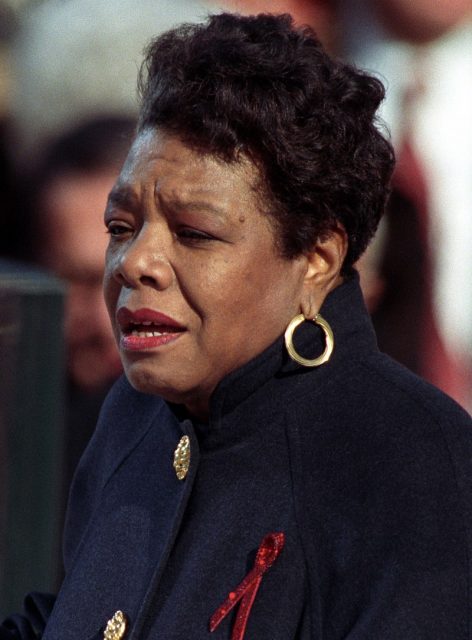
Without a glass of sherry, Maya Angelou’s otherworldly poetry may have not been the same indeed. The poetess has listed sherry as one of the ingredients helping her wordsmithing, besides her copies of the Bible and Roget’s Thesaurus.
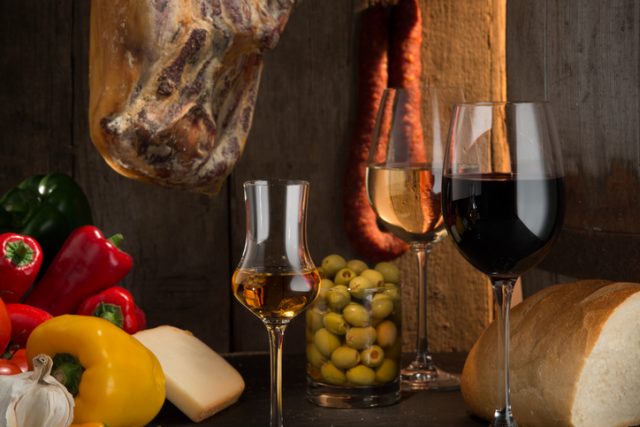
Angelou used her favorite drink wisely, however. “I might have it at six-fifteen a.m. just as soon as I get in, but usually it’s about eleven o’clock when I’ll have a glass of sherry,” she remarked on her daily routine in a 1990 interview with George Plimpton for The Paris Review.
Jack Kerouac
Other writers have not been so cautious with drinking as Angelou. Beat Generation icon Jack Kerouac was more than well-acquainted with heavy drinking.
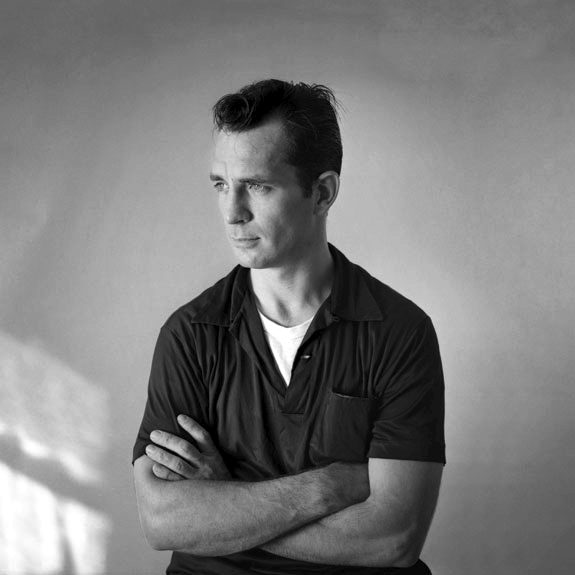
The writer was already famous when he moved to Northport, New York in 1958. The New York Times writes that there, “the locals remember him mainly as a broke barfly who padded about barefoot or in bedroom slippers.”
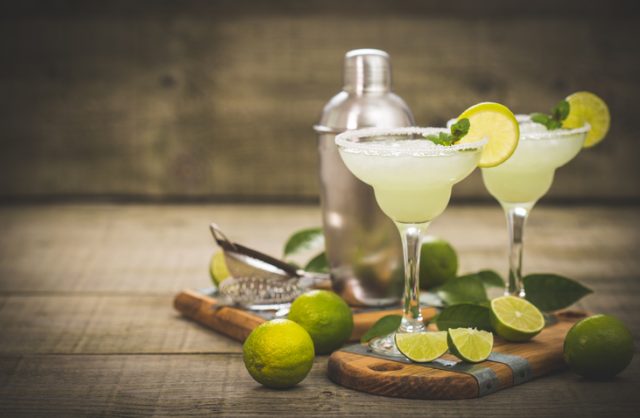
His favorite tipple was a margarita, and he was a great fan of tequila.
And how much did Kerouac like his booze? He once said: “I’m Catholic and I can’t commit suicide, but I plan to drink myself to death.”
Eventually, Kerouac died out of cirrhosis of the liver, in 1969.
https://youtu.be/-Nz0a6yFEUc
Oscar Wilde
The writer of The Portrait of Dorian Gray had a favorite drink that has a fair share of tradition among literary figures. It was absinthe, the same drink that fellow absinthe fan Arthur Rimbaud described as “sagebrush of the glaciers.”
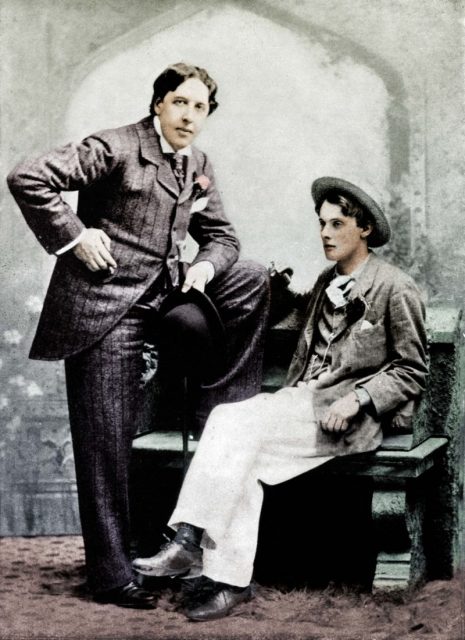
The “green fairy” as this drink was also called, was loved by a troop of French authors such as Paul Verlaine, Emile Zola, and Charles Baudelaire, due to its properties to awaken the imagination.
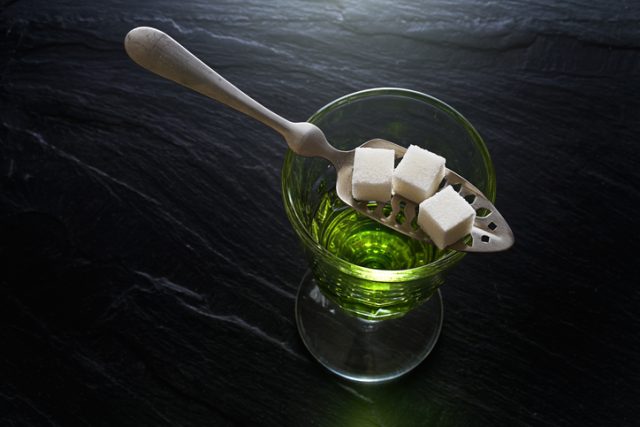
In Wilde’s words, “the first stage” of absinthe drinking is “like ordinary drinking,” but the second stage is “when you begin to see monstrous and cruel things, but if you can persevere you will enter in upon the third stage where you see things that you want to see, wonderful curious things.”
Dorothy Parker
The true cocktail devotee among women? Poet and critic Dorothy Parker once joked that “she wasn’t a writer with a drinking problem,” but “a drinker with a writing problem” according to the BBC.
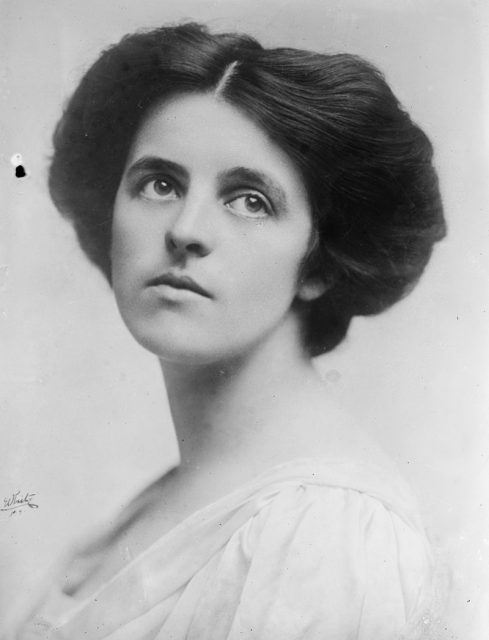
Her heyday was during the Prohibition era when she was also married to an alcoholic and morphine-loving husband.
It is said her favorite cocktail was a whiskey sour, although from some of her verses we learn she also had an affection for a martini, “two at the very most.”
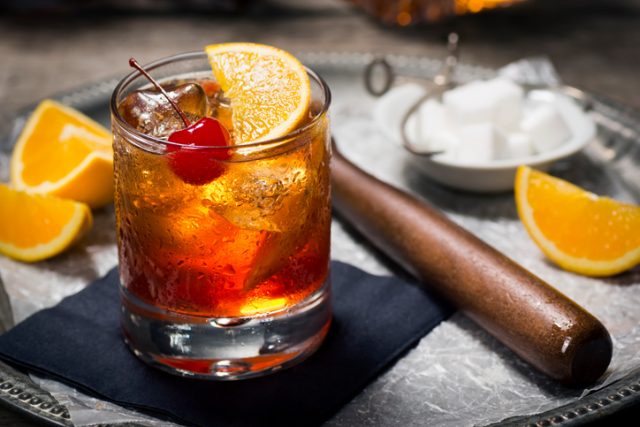
Speaking of martini, this drink was also the favorite to besties Anne Sexton and Sylvia Plath. The pair would have enjoyed their glass over a deep conversation about men and death.
Raymond Carver
One of the greatest American short story writers ever did not need a fancy drink to get on the roll. Anything would have done the trick, but he favored vodka, the first shots being taken in the morning.
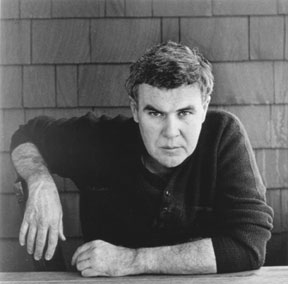
Carver was also very keen on Bloody Marys, which for him equaled a full meal. The tomato juice spiced drink also appears in a key episode of Carver’s career as a writer.
When his publisher called him for a meeting to offer him the first advance for writing a book, Carver was supposedly struggling with a hangover. He got over his drinking-inflicted hardship by downing two Bloody Marys, after which he was all good to meet with the publisher.
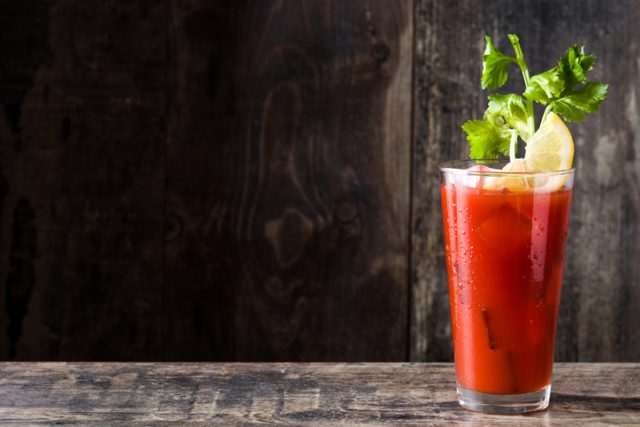
Carver passed all limits with drinking until, in 1977, he sought professional help from Alcoholics Anonymous. This helped him keep control of his drinking issue and he remained sober until his death, which came a decade later from lung cancer.
William Faulkner
It’s a well-known story that The Sound and The Fury writer had a thing for whiskey. “My own experience has been that the tools I need for my trade are paper, tobacco, food, and a little whiskey,” reflected Faulkner.
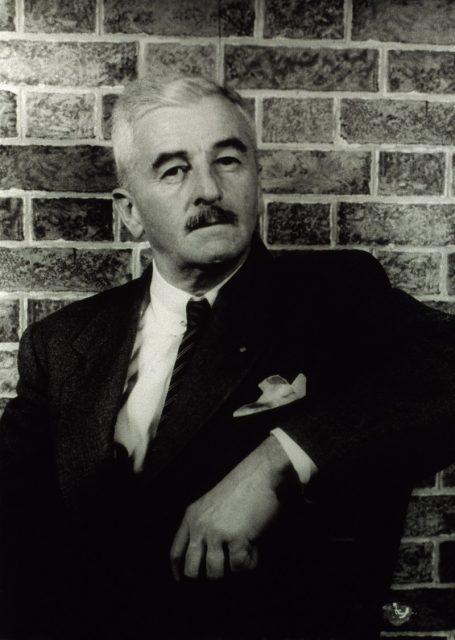
He also believed that bad whiskey did not exist and that “civilization begins with distillation.”
Unlike Carver, Faulkner was more reasonable with his vice, especially with the timing of when to begin pouring those glasses.
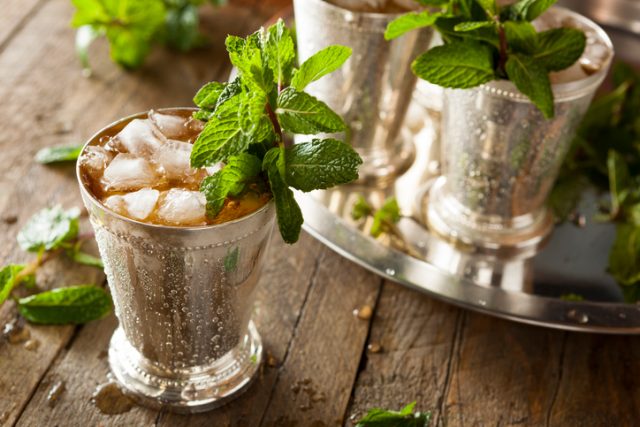
His favorite was Mint Julep, a bourbon whiskey-based cocktail. Sometimes he carried whiskey in a separate flask just to deliberately pour in more of it in the cocktail.
Ernest Hemingway
Ernest Hemingway embedded alcohol deeply in the narrative of some of his books.
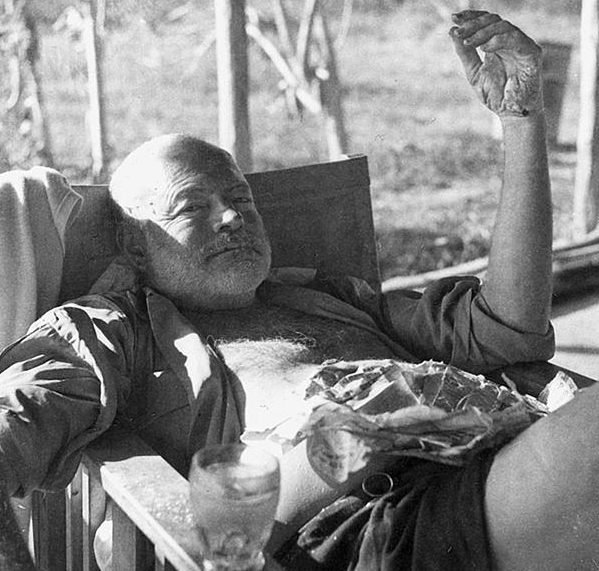
There’s a hell of a lot of drinking that drives the plot forward in The Sun Also Rises, a novel inspired by his personal voyage to Europe where he experienced the sordid Parisian drinking culture at the time.
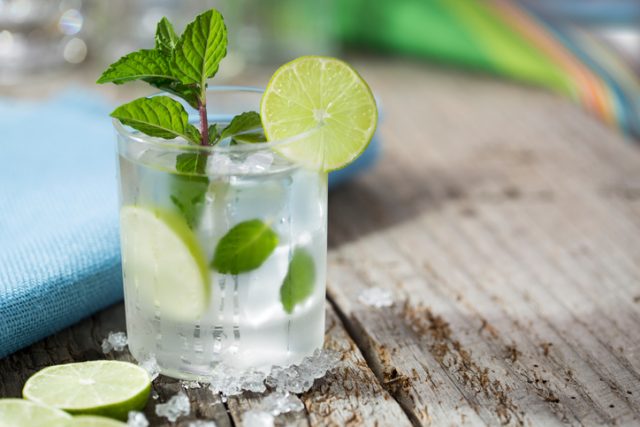
The Lost Generation writer was not picky about his booze for the day and night, but it’s said mojitos were his favorite. He particularly liked the one served in La Bodeguita del Medio, in Havana, Cuba, where the mojito was actually invented and where Hemingway visited as a regular guest.
F. Scott Fitzgerald
Another writer who brimmed his writing with liquor was the great F. Scott Fitzgerald. For him, drinking was a common habit since his early days, and it never stopped.
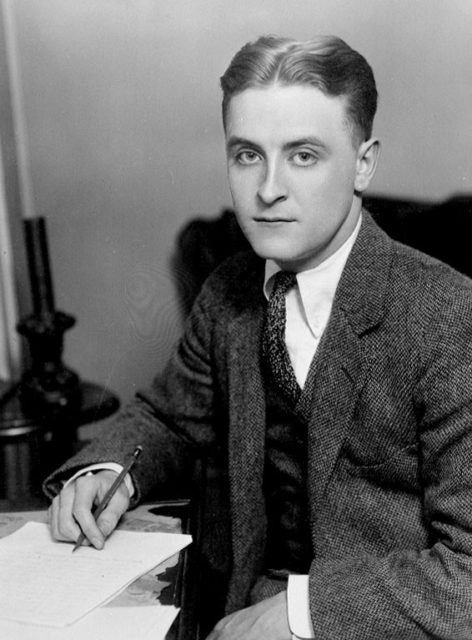
In his wife, Zelda, Scott found a perfect drinking buddy. Gin was perhaps his favorite, not so much because of the taste, but because Scott believed this drink wouldn’t leave a trace on his breath that he had consumed alcohol. Which is silly.
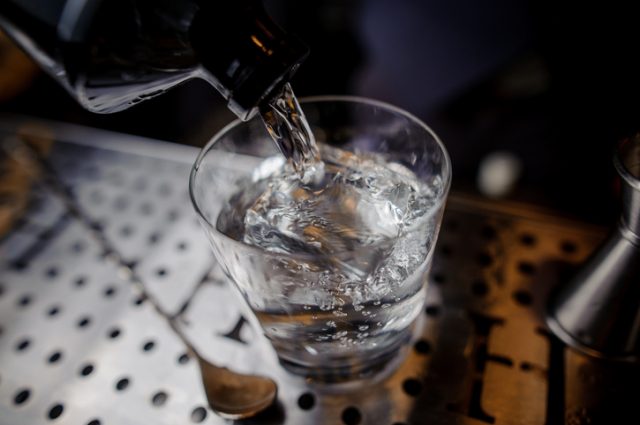
Both he and Zelda became bit theatrical after a sip too many, and everyone knew when they were drunk.
Read another story from us: Sylvia Plath’s Love Triangle which Ended in Disaster for Both Women
Not that he restricted himself to gin only. In a joyful statement, Scott Fitzgerald has said that “too much of anything is bad, but too much Champagne is just right.”
